 1986 BMW 7 Series (E32) Dimensions, Size & Specs
1986 BMW 7 Series (E32) Dimensions, Size & SpecsMeasurements of the 1986 BMW 7 Series, engineered for optimal performance and comfort
| Dimensions | |
|---|---|
| Length: | 4910 mm193.3 in16.1 ft |
| Width: | 1845 mm72.6 in6.1 ft |
| Height: | 1400-1411 mm55.1-55.6 in4.6-4.6 ft |
| Trunk Capacity: | 500 liter17.7 cu ft |
| Weight Specifications | |
| Curb Weight: | 1600-1800 kg3527-3968 lbs |
| Maximal permitted Weight: | 2120-2320 kg4674-5115 lbs |
| Tire Specifications | |
| Rims Size: |
|
| Tire Sizes: |
|
The BMW 7 Series (E32), produced from 1986 to 1992, represents the second generation of BMW's flagship luxury sedan. Known for its blend of advanced technology, elegant design, and superior driving dynamics, the E32 set new standards in the luxury car segment during its production period. The sedan features a length of 4910 mm (193.3 inches), a width of 1845 mm (72.6 inches), and a height ranging between 1400 mm and 1411 mm (55.1 to 55.6 inches), offering a balanced and sophisticated presence on the road.
This generation of the 7 Series came with curb weights varying from 1600 kg to 1800 kg (3527 to 3968 lbs), which reflects the range of engines and equipment levels available. The maximum allowed weight spans from 2120 kg to 2320 kg (4674 to 5113 lbs), supporting a well-built chassis and offering solid road handling. Inside, the BMW E32 offers a generous luggage capacity of 500 liters (17.7 cubic feet), providing ample space for travel and luxury touring.
The vehicle rides on 15-inch rims paired with various tire sizes including 205/65 R15, 225/60 R15, 225/60 VR 15, and 205/65 VR 15, which contribute to balanced handling and ride comfort. The E32 generation also introduced innovations such as advanced onboard electronics and enhanced safety features, making it a pioneering model in the high-end luxury sedan category.
Overall, the BMW 7 Series E32 remains a classic representation of 1980s automotive luxury and engineering, combining substantial size with refined performance to offer a prestigious driving experience.
Discover the standout features that make the 1986 BMW 7 Series a leader in its class
Have a question? Please check our knowledgebase first.
The BMW 7 Series (E32), produced from 1986 to 1992, measures 4910 mm (193.3 inches) in length, 1845 mm (72.6 inches) in width, and has a height ranging from 1400 to 1411 mm (55.1 to 55.6 inches). These dimensions give it a substantial road presence while maintaining the elegant proportions typical of luxury sedans of its era.
The curb weight of the BMW 7 Series (E32) ranges between 1600 kg to 1800 kg (3527 to 3968 lbs), depending on the specific model and equipment. The maximum permissible weight varies from 2120 kg to 2320 kg (4677 to 5115 lbs), reflecting the vehicle's capacity to carry passengers and cargo safely while maintaining performance.
The BMW 7 Series (E32) boasts a generous luggage capacity of approximately 500 liters (about 17.7 cubic feet). This trunk space is ample for a luxury sedan of its class, allowing for sufficient storage for long trips or daily use, balancing passenger comfort with practical utility.
This generation of the BMW 7 Series came with 15-inch rims as standard. Tire options included sizes such as 205/65 R15, 225/60 R15, 225/60 VR 15, and 205/65 VR 15. These tire sizes contributed to the balanced ride quality and handling characteristics expected from a luxury flagship sedan.
With a length of 4910 mm (193.3 inches) and a width of 1845 mm (72.6 inches), the BMW 7 Series (E32) is quite large by typical sedan standards. While it can fit into many standard residential garages, owners should ensure their garage length and width accommodate these dimensions comfortably, allowing space for opening doors and walking around the vehicle.
Compared to the previous E23 generation, the E32 7 Series grew noticeably larger and more refined. The E32 is longer, wider, and generally lower, contributing to a more modern and aerodynamic profile. This increase in size translated into more interior space and advanced luxury features, reflecting BMW’s aim to elevate its flagship model’s status in the luxury sedan market.
During its production years, the BMW 7 Series (E32) sized competitively against contemporaries like the Mercedes-Benz S-Class W126 and Audi V8. It provided a similar length and width, ensuring ample interior comfort while offering a slightly more aerodynamic and modern styling. Its luggage capacity and overall weight were also in line with the flagship standards of the late 1980s luxury sedan segment.
The BMW 7 Series (E32) has a height range of about 1400 mm to 1411 mm (55.1 to 55.6 inches). This slight variation depends on factors like suspension type, tire profile, and optional equipment such as sunroofs. Different models or trim levels could exhibit minor differences due to factory setup or aftermarket modifications.
The curb weight variance from 1600 kg to 1800 kg (3527 to 3968 lbs) is significantly influenced by engine size, trim level, and optional equipment. Heavier models may offer more luxury features and larger engines, which can affect acceleration and fuel economy. However, BMW balanced the suspension and chassis tuning to ensure that even the heavier variants maintained a confident, smooth ride with precise handling typical of a flagship sedan.
The E32’s original tire sizes such as 205/65 R15 and 225/60 R15 offered a balance of ride comfort and dynamic handling. The 225/60 VR 15 tires provided higher-speed performance and improved grip, suitable for drivers prioritizing sportier driving characteristics. Choosing between these options depended on preference for comfort versus performance, but the 15-inch rim size preserved a smooth ride typical of a luxury sedan.
Discover similar sized cars.
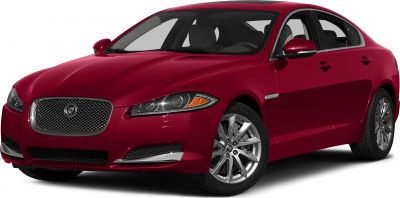
| Production: | 2011-2015 |
|---|---|
| Model Year: | 2011 |
| Length: | 4961-4981 mm195.3-196.1 in |
| Width: | 2053-2077 mm80.8-81.8 in |
| Height: | 1460-1468 mm57.5-57.8 in |
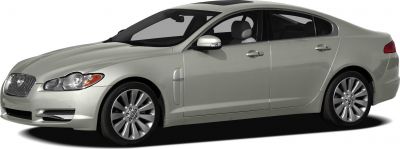
| Production: | 2007-2011 |
|---|---|
| Model Year: | 2008 |
| Length: | 4961 mm195.3 in |
| Width: | 2053 mm80.8 in |
| Height: | 1460 mm57.5 in |
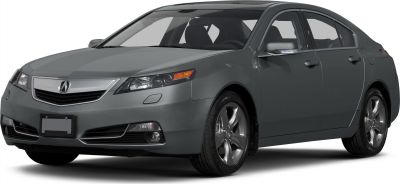
| Production: | 2011-2014 |
|---|---|
| Model Year: | 2012 |
| Length: | 4928 mm194.0 in |
| Width: | 1880 mm74.0 in |
| Height: | 1452 mm57.2 in |
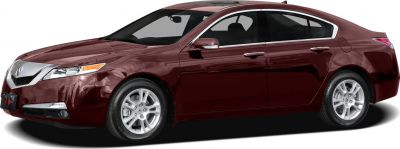
| Production: | 2008-2011 |
|---|---|
| Model Year: | 2009 |
| Length: | 4966 mm195.5 in |
| Width: | 1880 mm74.0 in |
| Height: | 1452 mm57.2 in |
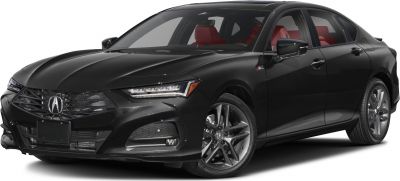
| Production: | 2023-present |
|---|---|
| Model Year: | 2024 |
| Length: | 4943 mm194.6 in |
| Width: | 1910 mm75.2 in |
| Height: | 1433 mm56.4 in |
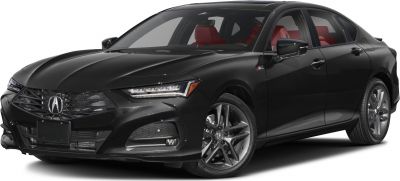
| Production: | 2020-present |
|---|---|
| Model Year: | 2021 |
| Length: | 4943 mm194.6 in |
| Width: | 1910 mm75.2 in |
| Height: | 1433 mm56.4 in |
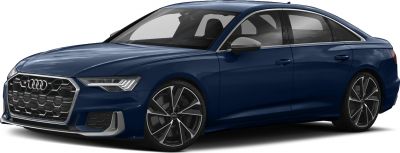
| Production: | 2023-2025 |
|---|---|
| Model Year: | 2024 |
| Length: | 4954-4964 mm195.0-195.4 in |
| Width: | 2110 mm83.1 in |
| Height: | 1446 mm56.9 in |
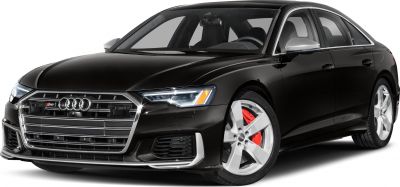
| Production: | 2019-2023 |
|---|---|
| Model Year: | 2020 |
| Length: | 4954 mm195.0 in |
| Width: | 2110 mm83.1 in |
| Height: | 1446 mm56.9 in |
